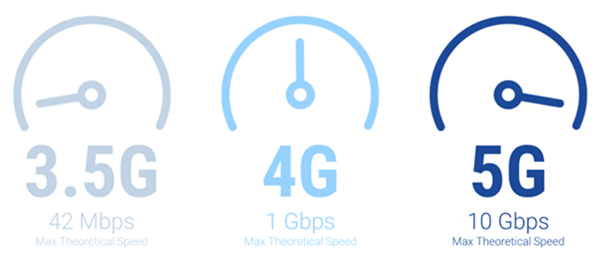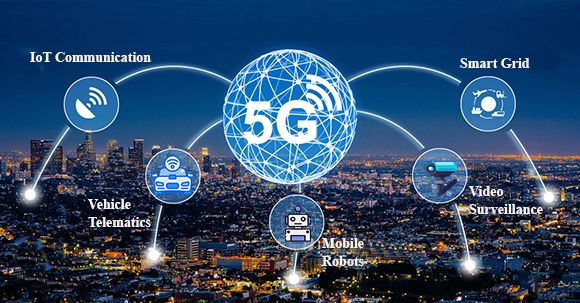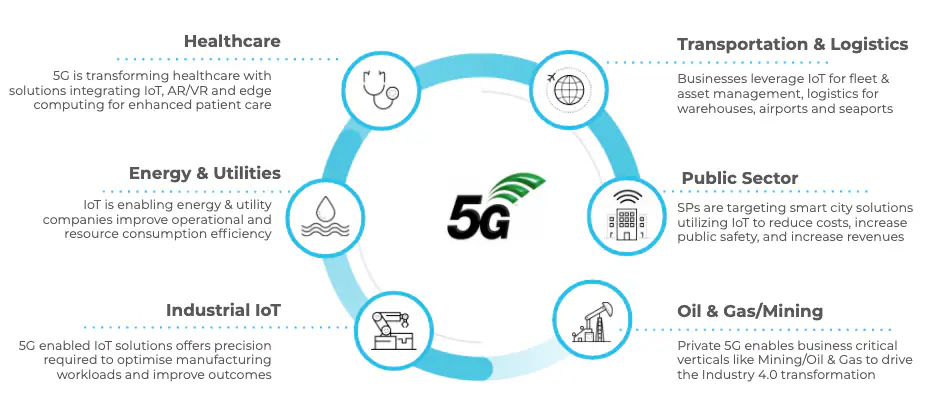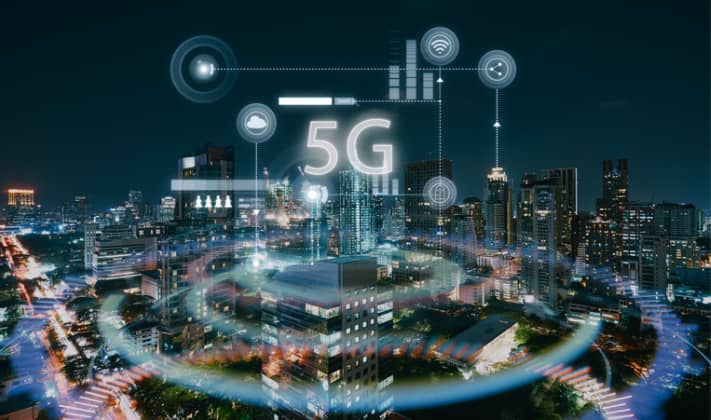5G technology, the fifth generation of wireless communication networks, promises to revolutionize IT infrastructure with unprecedented speed, capacity, and connectivity. As businesses and industries gear up for its widespread adoption, it is crucial to understand the profound impact 5G will have on IT infrastructure. This article explores the benefits, challenges, and future potential of 5G technology in transforming IT infrastructure.
Benefits of 5G on IT Infrastructure
Enhanced Speed and Bandwidth
One of the most significant advantages of 5G technology is its enhanced speed and bandwidth. With download speeds up to 100 times faster than 4G, 5G enables instantaneous data transfer and real-time communication. This increase in speed will significantly benefit IT infrastructure by reducing latency and improving the performance of cloud-based applications and services.

Greater Connectivity
5G offers greater connectivity by supporting a massive number of devices simultaneously. This is particularly beneficial for the Internet of Things (IoT), where numerous devices need to communicate with each other seamlessly. IT infrastructure will need to accommodate this increased connectivity, leading to more robust and scalable network solutions.

Improved Reliability
5G networks are designed to be more reliable, with lower latency and higher capacity. This reliability is crucial for mission-critical applications that require constant and uninterrupted connectivity. IT infrastructure will need to evolve to support these high-reliability demands, ensuring that businesses can operate smoothly without disruptions.
Enhanced Security
With the advent of 5G, security features have also been enhanced. 5G networks incorporate advanced encryption and security protocols, which help protect data from cyber threats. IT infrastructure will benefit from these improved security measures, providing a safer environment for data transmission and storage.

Challenges of Implementing 5G in IT Infrastructure
High Implementation Costs
One of the primary challenges of implementing 5G technology is the high cost associated with upgrading existing IT infrastructure. Businesses will need to invest in new hardware, software, and network components to support 5G. These initial costs can be a significant barrier for many organizations, particularly small and medium-sized enterprises.
Compatibility Issues
Integrating 5G with existing IT infrastructure may pose compatibility issues. Legacy systems and devices may not be compatible with 5G technology, necessitating extensive upgrades or replacements. IT departments will need to carefully plan and execute these upgrades to ensure a smooth transition to 5G.
Increased Complexity
5G technology introduces increased complexity in managing IT infrastructure. With a higher number of connected devices and more data being transmitted, IT teams will need to develop new strategies for network management, data storage, and security. This added complexity may require additional training and resources to manage effectively.
Future Potential of 5G in IT Infrastructure
Revolutionizing Industries
5G has the potential to revolutionize various industries by enabling new applications and services. For example, in healthcare, 5G can support telemedicine and remote surgeries with real-time video and data transmission. In manufacturing, 5G can facilitate smart factories with connected machines and real-time monitoring. These advancements will drive innovation and efficiency across multiple sectors.

Enabling Smart Cities
The development of smart cities relies heavily on 5G technology. With its high capacity and low latency, 5G can support numerous connected devices and systems within a city, such as traffic management, public safety, and environmental monitoring. IT infrastructure will play a critical role in integrating and managing these smart city applications, leading to more efficient and sustainable urban environments.

Advancing Edge Computing
5G technology will advance edge computing by enabling faster and more efficient data processing at the edge of the network. This shift will reduce the need for data to travel to centralized data centers, decreasing latency and improving performance. IT infrastructure will need to adapt to this new paradigm by deploying edge servers and optimizing network architecture.
Conclusion
The impact of 5G technology on IT infrastructure is profound, offering numerous benefits such as enhanced speed, greater connectivity, improved reliability, and enhanced security. However, challenges such as high implementation costs, compatibility issues, and increased complexity must be addressed. As 5G technology continues to evolve, its potential for future innovations in industries, smart cities, and edge computing is immense. Businesses and IT professionals must prepare to embrace this transformative technology to stay competitive and drive future growth.













